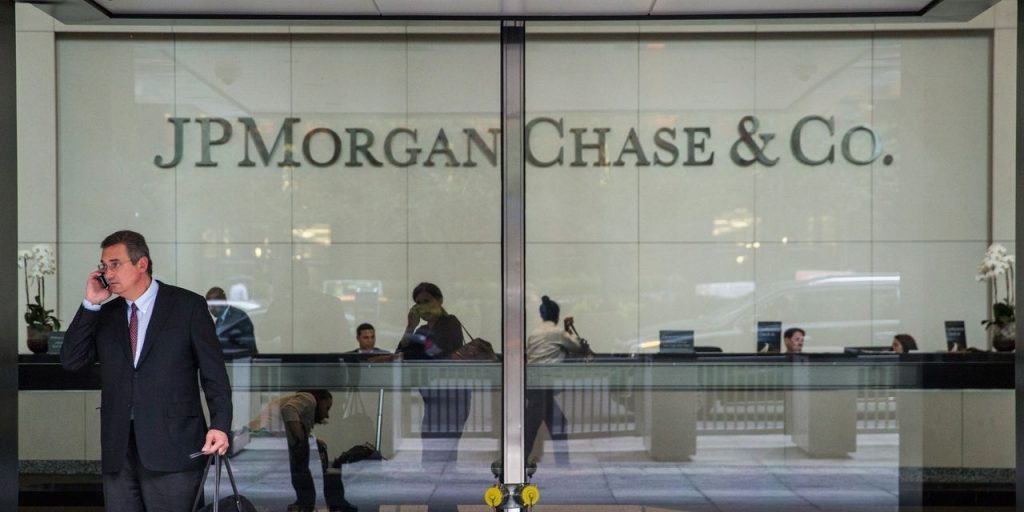Lending in the U.S. declined after the failure of Silicon Valley Bank and businesses hired fewer people in the early spring, a Federal Reserve survey found, but inflation also “appeared to be slowing.”
The Fed’s regular survey of the economy, known as the Beige Book, signaled the recent turmoil in the banking system had little immediate effect. U.S. growth more broadly was “little changed” in the six weeks leading up to April 10.
Yet the failure of California-based SVB put more stress on the U.S financial system, with potential long-range repercussions. The Fed said both lending by banks and demand for loans among consumers and businesses “generally declined.”
The dropoff was especially sharp in the San Francisco region where SVB was based. “Lending activity declined substantially,” the Beige Book said.
Banks also tightened borrowing standards further in a sign that lending could continue to decline. The economy relies on lending to help drive growth.
“Some contacts worried that smaller banks might restrict lending over liquidity concerns, putting a damper on economic activity,” the Boston Fed said.
In another sign of stress on the economy, the growth in employment “moderated” after a big burst of hiring early in the year.
The Fed said several regions of the country reported “a slower pace of [employment] growth than in recent Beige Book reports.” Others also said demand for labor slacked off.
The Fed wants the labor market to cool off to help ease the upward pressure on prices and make it easier for the central bank to reduce high U.S. inflation.
On the brighter side, the Fed said, “the rate of price increases appeared to be slowing.” Inflation has eased from a 40-year high of 9% last year to a yearly rate of 5% as of March.
The cost of materials and shipping costs for businesses showed notable declines “in recent weeks,” the Fed said.
The increase in consumer prices didn’t slow quite as much, however, because of high demand for services such as leisure, travel and recreation.
Rents and housing prices also remained elevated. They leveled off in the past month and a half, the Fed said, but “remained near record highs.”
The Beige Book was prepared ahead of the Fed’s next meeting on May 2-3. The Fed is widely expected to raise interest rates at least once more this year, perhaps in two weeks.
The stress on the economy has grown as the Fed ratcheted up U.S. interest rates to try to smother high inflation. A key short-term interest rate has jumped to a top end of 5% from near zero just a little over a year ago.
Rising borrowing costs along with stubbornly high inflation have curbed consumer spending on big-ticket items and forced manufacturers to scale back production.
Higher borrowing costs have also triggered an outflow of deposits from banks as investors seek higher returns for their money. Declining deposits typically lead to less lending.
“The Beige Book is consistent with a slowing in growth as the U.S. economy continues to respond to Federal Reserve tightening,” said chief economist Gus Faucher of PNC Financial Services.
Read the full article here




